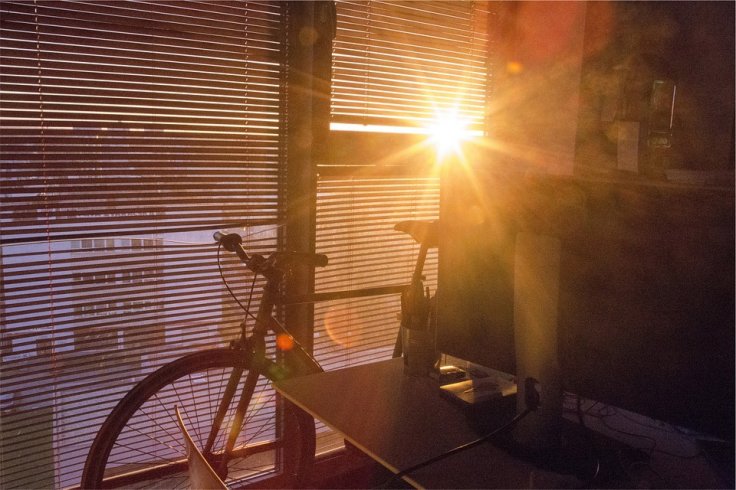
The grandparents used to say that eating before sunset is ideal for good health, as the rays of sun can kill all the harmful germs and bacterias. They also taught their grandchildren that instead of having a dark-shabby room, they should open the windows every morning to let the sunlight come inside the room which is also good for the room's atmosphere. Now, a new study has proved that the oldies were absolutely right.
Researchers at the Oregon University has revealed that sunlight could kill indoor germs. The new revelation backs Florence Nightingale's advise to design hospitals in such a way that natural lights will reach the interiors with ease.
During the study, researchers set up 11 doll-sized rooms. Some of these rooms were exposed to sunlight through glass, while some others were exposed to only ultraviolet light. The remaining rooms were completely kept in dark.
Researchers also filled these rooms with dust to replicate an actual living environment. After keeping these rooms intact for 90 days, scientists finally opened the rooms and tested the bacterial content.
As expected, researchers found that rooms exposed to natural daylight had very less number of indoor germs when compared to their darkened counterparts. It should be noted that rooms exposed to ultraviolet light fared better than rooms exposed to natural light and they had the lowest bacterial levels of all.
The research report published in the journal Microbiome revealed that 12 percent of bacteria in darkened rooms were viable compared to 6.8 percent in rooms with daylight and 6.1 percent in rooms exposed to only UV light.
"6 percent of millions of cells is still a lot of microbes. Until now, daylighting illuminating a building with natural light has been about visual comfort or broad health. But now we can say daylighting influences air quality," said Kevin Van Den Wymelenberg, co-director of the Biology and the Built Environment Center at the University of Oregon, co-author of the study.
Researchers also found that the human-associated bacteria species that did not survive in the naturally lit rooms are mostly germs that cause respiratory disorders. The study team also revealed that their future researchers will be concentrated more on figuring out the amount of light needed to kill bacteria so that architects can design buildings according to that.









